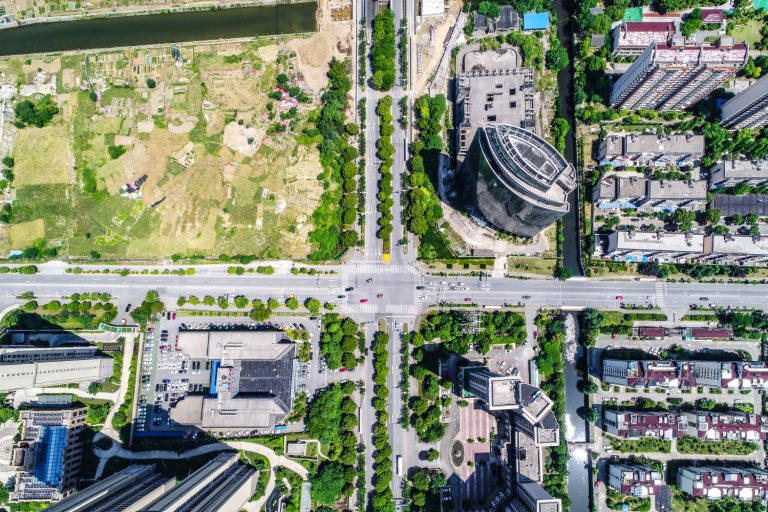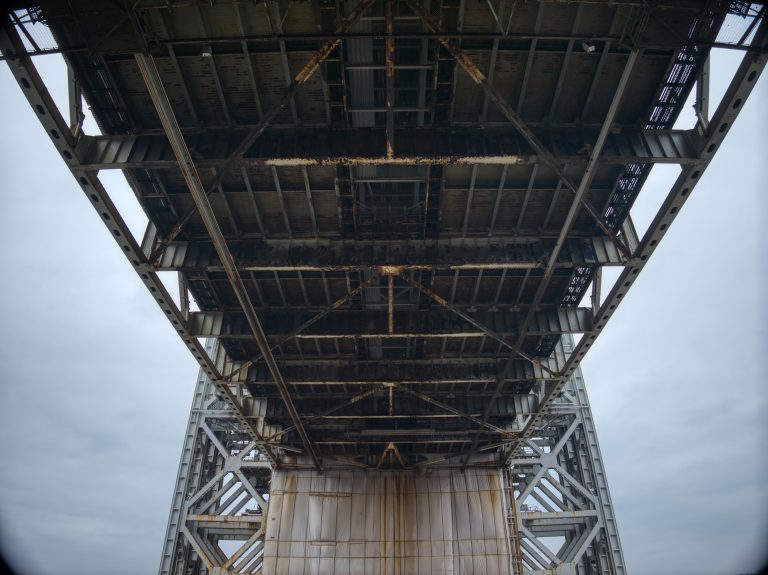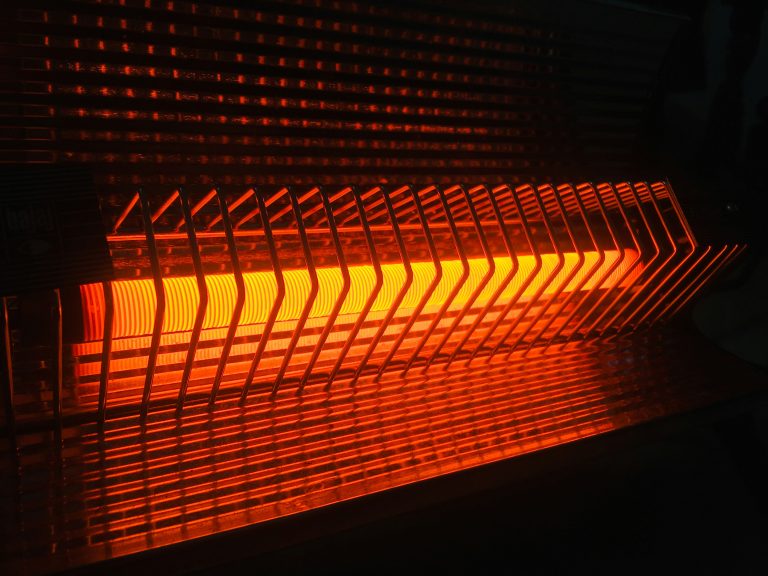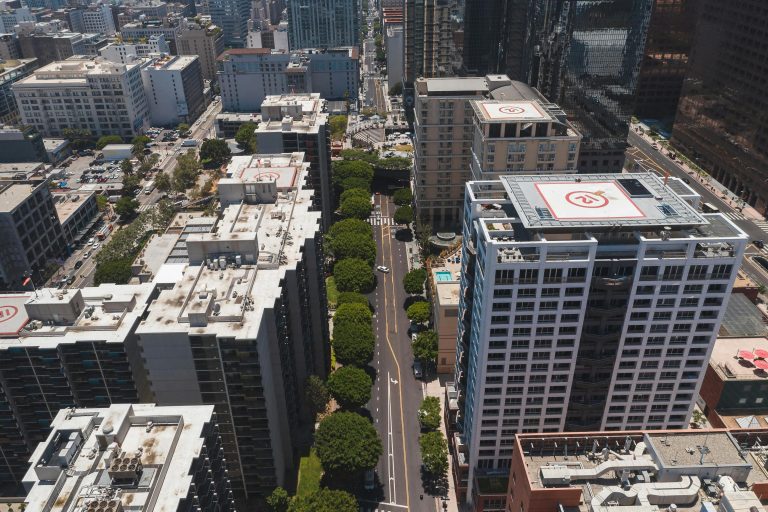Modern Roof Inspections: The Benefits of Using Drones
In the ever-evolving world of technology, industries are constantly seeking innovative ways to improve efficiency and accuracy.
Roof inspections, a critical aspect of property maintenance and evaluation, have witnessed a groundbreaking transformation with the introduction of drones.
Gone are the days of manual inspections with potential safety hazards and limited accessibility.
Drones have emerged as game-changers, offering unparalleled advantages in terms of cost-effectiveness, time efficiency, and comprehensive data collection.
Incorporating cutting-edge drone technology revolutionizes the way roof inspections are conducted.
The utilization of drones enables close-up visual assessments, precise measurements, and detailed analytics, all while mitigating potential risks associated with traditional inspection methods.
Moreover, the ability to capture high-definition images and videos provides valuable insights for accurate decision-making.
Join us as we delve into the unparalleled benefits and transformative impact of integrating drones into roof inspections, shaping the future of property management and roofing industry standards.
Traditional Challenges of Roof Inspections
Roof inspections have historically presented numerous challenges, primarily related to safety, accuracy, and efficiency.
Manual inspections often involve sending personnel onto rooftops, exposing them to potential hazards such as slips, trips, and falls.
Accessing certain areas of the roof, especially those with steep inclines or limited accessibility, can be arduous and time-consuming.
Traditional methods also pose limitations in terms of capturing comprehensive visual data and conducting precise measurements.
These challenges have underscored the need for a more advanced and streamlined approach to roof inspections, leading to the integration of drone technology.
Drones have revolutionized the process of roof inspections by addressing the limitations associated with traditional methods.
The use of drones eliminates the need to physically access the roof, significantly reducing the risks of accidents and injuries.
With their ability to maneuver and hover at various altitudes, drones can access even the most challenging areas of a roof, providing comprehensive visual coverage.
Furthermore, drones equipped with high-resolution cameras and sensors can capture detailed images and videos, allowing for thorough assessments of the roof’s condition.
The precision and accuracy offered by drone technology have redefined the standards for roof inspections, enabling professionals to conduct thorough evaluations with unparalleled efficiency.
The introduction of drones in roof inspections has also played a pivotal role in enhancing the safety of personnel involved in the assessment process.
By minimizing the need for individuals to physically navigate the roof, drones mitigate the inherent risks associated with manual inspections.
This not only safeguards the well-being of inspection personnel but also contributes to a more streamlined and secure inspection procedure.
Additionally, the use of drones reduces the potential for property damage that may occur during traditional inspections, further emphasizing the safety benefits of this innovative approach.
Advantages of Using Drones for Roof Inspections
The utilization of drones in roof inspections offers a myriad of advantages that have redefined the efficiency and effectiveness of the assessment process.
One of the primary benefits is the significant reduction in the time required to conduct inspections. Unlike traditional methods that often involve extensive preparation and manual labor, drones can swiftly navigate the roof and capture comprehensive data in a fraction of the time.
This time efficiency not only improves the overall speed of inspections but also minimizes disruption to the property and its occupants.
The use of drones facilitates a more detailed and thorough analysis of the roof’s condition.
Equipped with advanced imaging capabilities, drones can capture high-definition photographs and videos that provide intricate details about the roof’s structure, material integrity, and potential areas of concern.
This comprehensive data collection empowers inspectors and property owners with a deeper understanding of the roof’s status, enabling informed decision-making regarding maintenance, repairs, or replacements.
The ability to generate precise measurements and 3D models further enhances the accuracy and depth of the inspection process, setting a new standard for thoroughness and precision in property assessments.
In addition to the efficiency and accuracy benefits, the cost-effectiveness of drone-assisted roof inspections is a compelling advantage for property owners and inspection businesses.
By reducing the labor and time required for inspections, drones offer a cost-efficient alternative to traditional methods.
The minimized need for manual labor and specialized equipment contributes to overall cost savings, making drone-assisted inspections a financially viable and attractive option for property maintenance and evaluation.
The detailed insights obtained through drone technology can potentially prevent costly issues by identifying and addressing roof-related concerns in their early stages, ultimately saving property owners from extensive repair expenses in the long run.
Safety and Efficiency Benefits of Drone Inspections
The integration of drones in roof inspections not only enhances the safety of personnel but also contributes to the overall efficiency and effectiveness of the assessment process.
Drones offer a non-intrusive and non-disruptive means of capturing detailed visual data, minimizing the need for extensive setup and physical presence on the roof.
This non-invasive approach not only reduces the potential for property damage but also streamlines the inspection procedure, allowing for swift and efficient assessments without causing inconvenience to property occupants.
The agility and maneuverability of drones enable them to access areas of the roof that may be challenging or hazardous for manual inspections.
Whether it’s steep slopes, elevated sections, or hard-to-reach corners, drones can navigate with precision and capture comprehensive visual data without compromising safety or accuracy.
This versatility and adaptability empower inspectors to conduct thorough evaluations, ensuring that no aspect of the roof’s condition is overlooked or inaccessible.
The combination of safety, efficiency, and comprehensive coverage positions drone inspections as a transformative and indispensable approach to property maintenance and evaluation.
The real-time data capture and immediate analysis capabilities of drone technology contribute to the expedited assessment process.
Drones equipped with live streaming and data transmission features enable inspectors to review and analyze visual data in real time, allowing for on-the-spot decision-making and instant insights into the roof’s condition.
This instantaneous access to detailed information enhances the responsiveness and agility of the inspection process, enabling timely interventions and informed recommendations for maintenance or repairs.
The seamless integration of safety, efficiency, and real-time data analysis underscores the transformative impact of drone technology on roof inspections.
Regulations and Legal Considerations for Using Drones in Roof Inspections
While the benefits of using drones for roof inspections are undeniable, it is essential to consider the regulatory and legal aspects associated with their deployment.
The use of drones in commercial activities, including property inspections, is subject to regulations and guidelines set forth by aviation authorities and regulatory bodies.
Compliance with these regulations is crucial to ensure the safe and lawful operation of drones in the context of roof inspections.
One of the primary considerations is the requirement for licensed and certified drone operators.
Aviation authorities mandate that individuals operating drones for commercial purposes obtain the necessary certifications and licenses to ensure competency and adherence to safety protocols.
This certification process typically involves comprehensive training on drone operation, airspace regulations, safety procedures, and ethical conduct.
Certification not only demonstrates the operator’s proficiency in piloting drones but also underscores their commitment to upholding legal and safety standards in conducting roof inspections.
Additionally, the adherence to airspace regulations and flight restrictions is paramount in the context of drone-assisted roof inspections.
Drones are subject to specific airspace limitations and operational guidelines to prevent interference with manned aircraft and ensure the safety of airspace users.
This entails thorough planning and coordination to obtain the required permissions and clearances for conducting inspections in designated airspace.
The consideration of privacy laws and property rights is essential to mitigate potential legal issues and uphold ethical standards in capturing visual data during roof inspections.
Implementing Drone Technology in Roof Inspection Businesses
The integration of drone technology in roof inspection businesses presents an opportunity for industry professionals to elevate the quality and scope of their services.
Embracing drones as a standard tool for roof assessments not only enhances the efficiency and accuracy of inspections but also positions inspection businesses at the forefront of innovation and technological advancement.
The strategic implementation of drone technology requires a thoughtful approach that encompasses training, equipment investment, and adaptation of operational processes.
Central to the successful integration of drones in roof inspection businesses is the training and certification of personnel responsible for operating and managing drone technology.
Investing in comprehensive training programs for drone pilots and inspection teams ensures that individuals possess the necessary skills and knowledge to conduct safe, effective, and compliant drone-assisted roof inspections.
Ongoing education and proficiency assessments contribute to the continuous improvement of drone operation and data analysis capabilities, further enhancing the value proposition of inspection businesses.
In parallel with training, the acquisition of high-quality drones and specialized equipment tailored for roof inspections is essential to ensure optimal performance and data capture.
Selecting drones equipped with advanced imaging capabilities, precision navigation systems, and durable construction enhances the reliability and effectiveness of roof inspections.
Additionally, the integration of drone-specific software for data analysis, mapping, and report generation streamlines the post-inspection processes, enabling inspection businesses to deliver comprehensive and actionable insights to their clients.
The adaptation of operational processes to incorporate drone technology involves the development of standardized procedures for drone deployment, data collection, analysis, and reporting.
Establishing clear protocols for pre-inspection preparations, flight operations, data management, and client communication ensures consistency and quality in the delivery of drone-assisted roof inspection services.
The integration of drone technology necessitates a focus on client education and communication, emphasizing the value and benefits of drone-assisted inspections in enabling informed decision-making and proactive property maintenance.
Training and Certification for Drone Roof Inspections
The proficiency and compliance of individuals involved in operating drones for roof inspections are paramount to ensuring the safe, effective, and legally compliant deployment of drone technology.
Training and certification programs tailored to the specific requirements of roof inspections equip drone operators and inspection personnel with the necessary skills, knowledge, and ethical considerations to conduct inspections with expertise and professionalism.
These programs encompass a comprehensive curriculum that includes practical piloting skills, technical understanding of drone systems, regulatory compliance, safety protocols, and ethical guidelines for data capture and analysis.
The training and certification process for drone roof inspections typically includes practical flight training to develop proficiency in piloting drones in diverse operational scenarios.
Hands-on experience in maneuvering drones, capturing visual data, conducting simulated inspections, and responding to dynamic environmental factors enhances the operational competence of drone operators.
Additionally, the curriculum covers theoretical aspects such as airspace regulations, emergency procedures, risk assessment, and ethical considerations related to privacy and property rights.
This holistic training approach ensures that certified drone operators possess the knowledge and practical skills to conduct roof inspections with the highest standards of safety, accuracy, and professionalism.
The certification of drone operators for roof inspections serves as a testament to their commitment to upholding legal and ethical standards in conducting aerial assessments.
Certification not only demonstrates the operator’s proficiency in piloting drones but also underscores their dedication to continuous learning and adherence to best practices in the industry.
This professional validation instills confidence in clients and regulatory authorities, positioning certified drone operators as trusted professionals capable of delivering exceptional quality and compliance in roof inspections.
Cost comparison: Traditional vs. Drone-Assisted Roof Inspections
A critical consideration for property owners and inspection businesses is the cost comparison between traditional manual inspections and drone-assisted roof assessments.
Evaluating the financial implications and long-term benefits of each approach enables informed decision-making regarding the most cost-effective and valuable method for conducting roof inspections.
While upfront investment and operational considerations differ between traditional and drone-assisted inspections, a comprehensive cost comparison sheds light on the tangible advantages of embracing drone technology in the context of property maintenance and evaluation.
Traditional Manual Inspections
Traditional manual roof inspections involve labor-intensive processes, including physical access to rooftops, setup of equipment such as ladders and safety gear, and manual documentation of visual observations.
The labor hours, equipment rental or purchase costs, and potential risks associated with manual inspections contribute to the overall expenses incurred by property owners or inspection businesses.
The limitations in comprehensive data capture and the potential for human error may result in overlooked issues, leading to unanticipated maintenance expenses or property damage.
Drone-Assisted Inspections
In contrast, drone-assisted roof inspections offer a cost-efficient alternative that minimizes labor hours, equipment setup, and potential safety risks.
The upfront investment in acquiring drones and specialized imaging equipment is offset by the long-term savings achieved through time efficiency, comprehensive data capture, and proactive maintenance planning.
The ability to conduct swift, non-intrusive inspections, capture detailed visual data, and facilitate informed decision-making positions drone-assisted inspections as a financially prudent and value-driven approach for property owners and inspection businesses.
The comprehensive insights obtained through drone technology can potentially prevent costly issues by identifying and addressing roof-related concerns in their early stages, ultimately saving property owners from extensive repair expenses in the long run.
The minimized need for manual labor and specialized equipment contributes to overall cost savings, making drone-assisted inspections a financially viable and attractive option for property maintenance and evaluation.
Conclusion: The Future of Roof Inspections With Drone Technology
The integration of drone technology in roof inspections represents a transformative shift in the way property maintenance and evaluation are conducted.
The unparalleled advantages of using drones, including safety enhancements, time efficiency, comprehensive data capture, and cost-effectiveness, are making drones an indispensable tool for accurate, safe, and efficient roof inspections.






